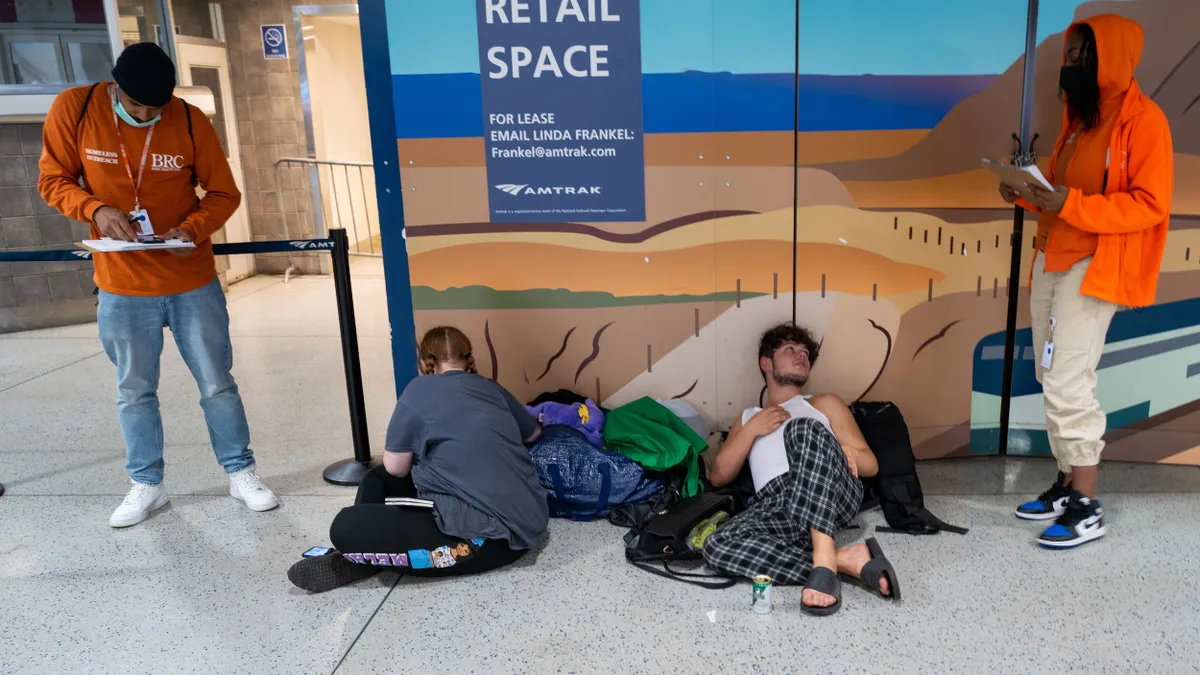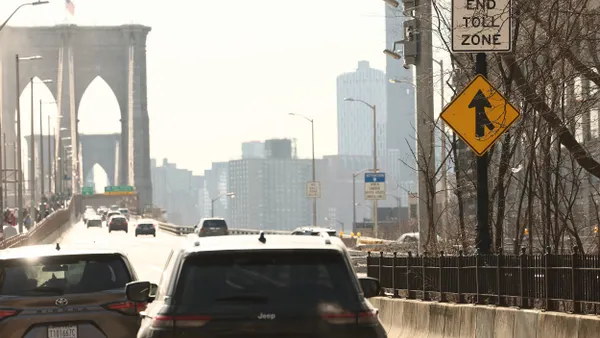Dive Brief:
- Tesla Motors CEO Elon Musk revealed a two-seat driverless “Cybercab” and a 20-seat “Robovan” at an event last night at the Warner Bros. studio in Burbank, California, anticipating production of the robotaxi starting before 2027 with a price tag for the smaller vehicle of under $30,000.
- The Cybercab has no pedals or steering wheel, and Musk offered few details on the Robovan. Musk also announced that Tesla will begin driverless trials in California and Texas next year for the use of its Model 3 sedan and Model Y SUV as robotaxis, using an advanced version of its software.
- However, industry experts who tested a 2024 model year Tesla Model 3 running its supervised “full self-driving” software in real-world conditions said yesterday that “it falls well short of any true autonomy in the real world.” Despite the name, the full self-driving feature requires a fully attentive driver, according to Tesla.
Dive Insight:
Driverless ride-hailing vehicles have had a checkered history so far. General Motors’ Cruise subsidiary will pay the National Highway Traffic Safety Administration $1.5 million under a consent order stemming from a 2023 crash in San Francisco where a driverless Cruise robotaxi dragged a pedestrian lodged under the vehicle approximately 20 feet before coming to a complete stop. NHTSA opened two separate investigations into incidents related to Waymo and Zoox autonomous ride-hailing vehicles.
Tesla’s “full self-driving” system requires driver supervision at all times. Tesla vehicles operating with these Level 2 advanced driver assistance systems were involved in 273 crashes reported to NHTSA between July 20, 2021, and May 15, 2022.
AMCI Testing, an independent automotive research firm, operated the Tesla Model 3 with the latest supervised “full self-driving” software over 300 miles last week in New York City. Among the incidents that required driver intervention were abrupt braking for no reason, accelerating to 37 mph on a 25-mph zoned residential street at night, running stop signs at the end of highway entrance ramps and making illegal right turns on red lights, it said in a press release.
Musk said at the Thursday event that Tesla would use a fully autonomous version of its driver assistance system for its proposed trials in California and Texas. The billionaire entrepreneur also envisions private owners of its vehicles putting them to use as robotaxis when they don’t need them for personal driving. Tesla’s website positions the Robovan as autonomous transport for people or cargo.
Investors were not impressed by Tesla’s announcement: Its stock price dropped 8% in early morning trading Friday. Musk has a record of missed promises. In 2019, he said the company’s autonomous taxis would be in operation in 2020, then in 2024. Last night, he admitted on stage that “I tend to be a little optimistic with time frames.”












